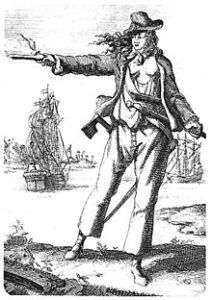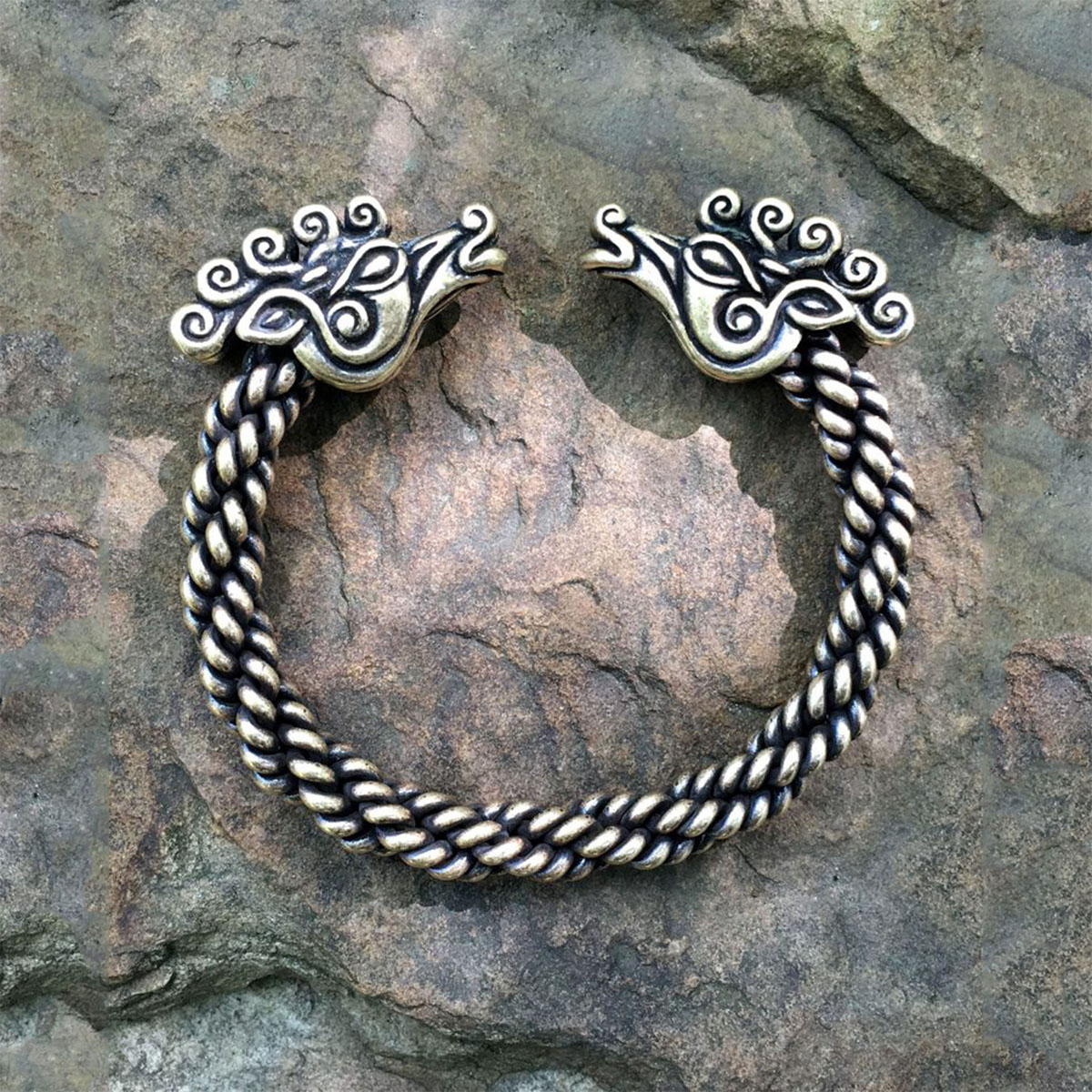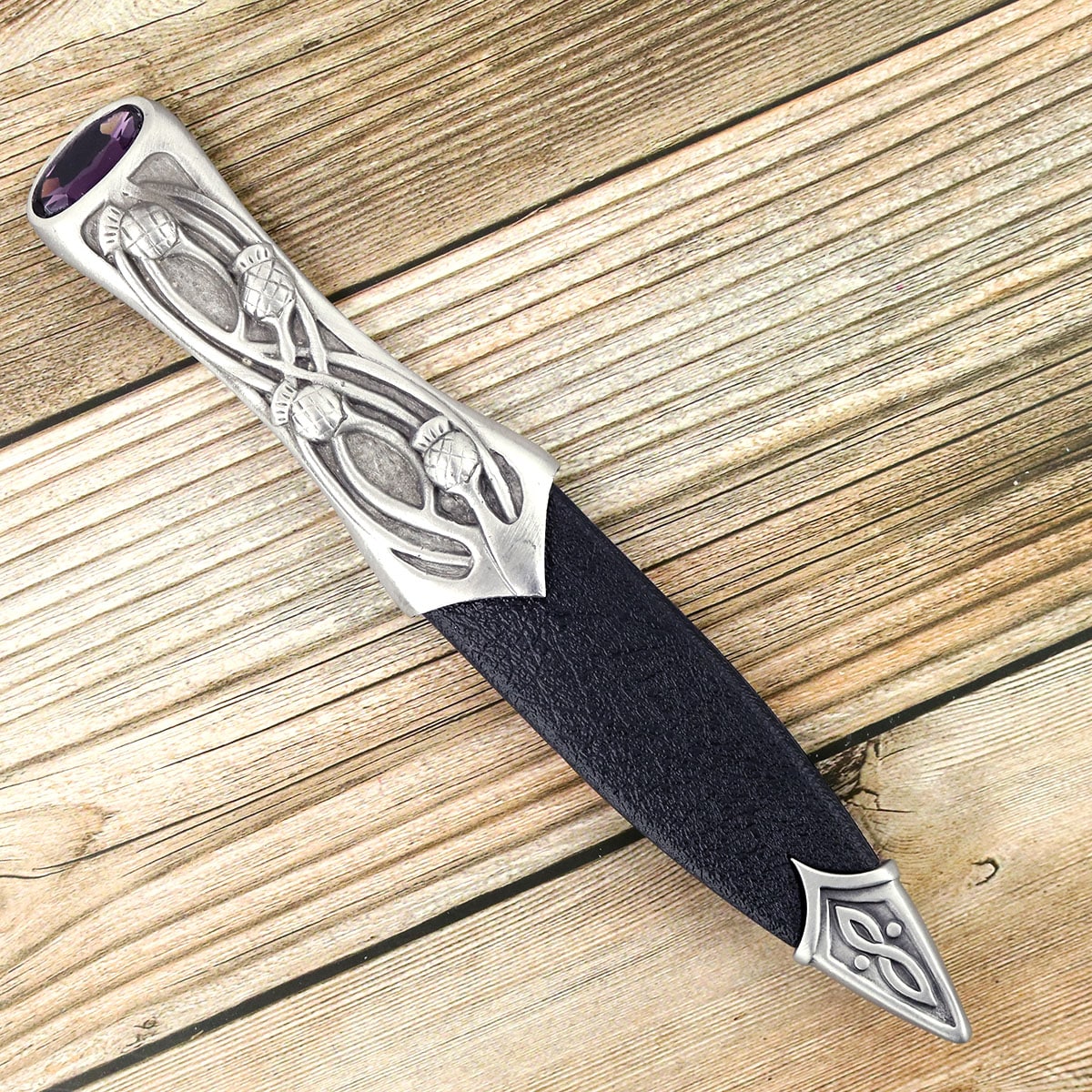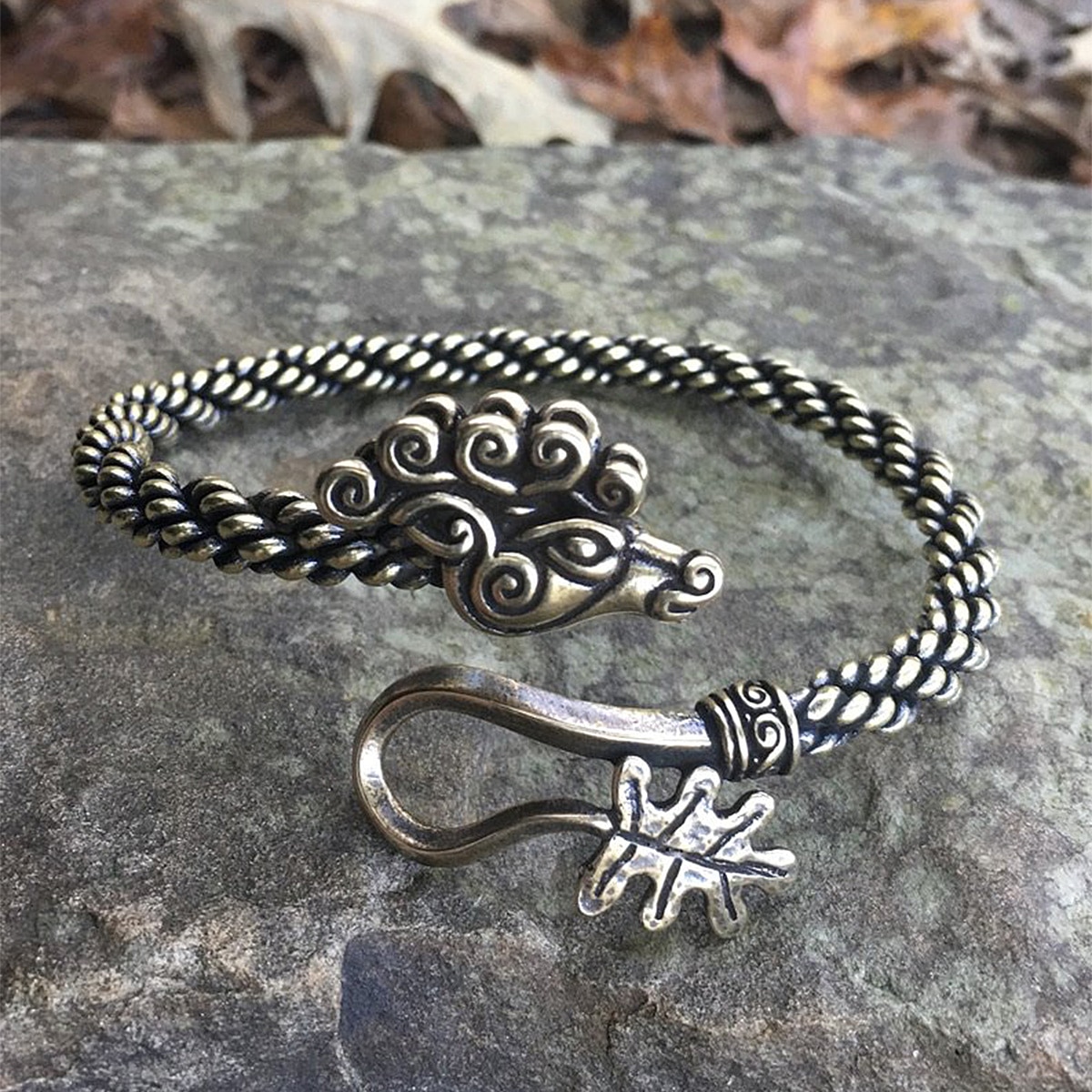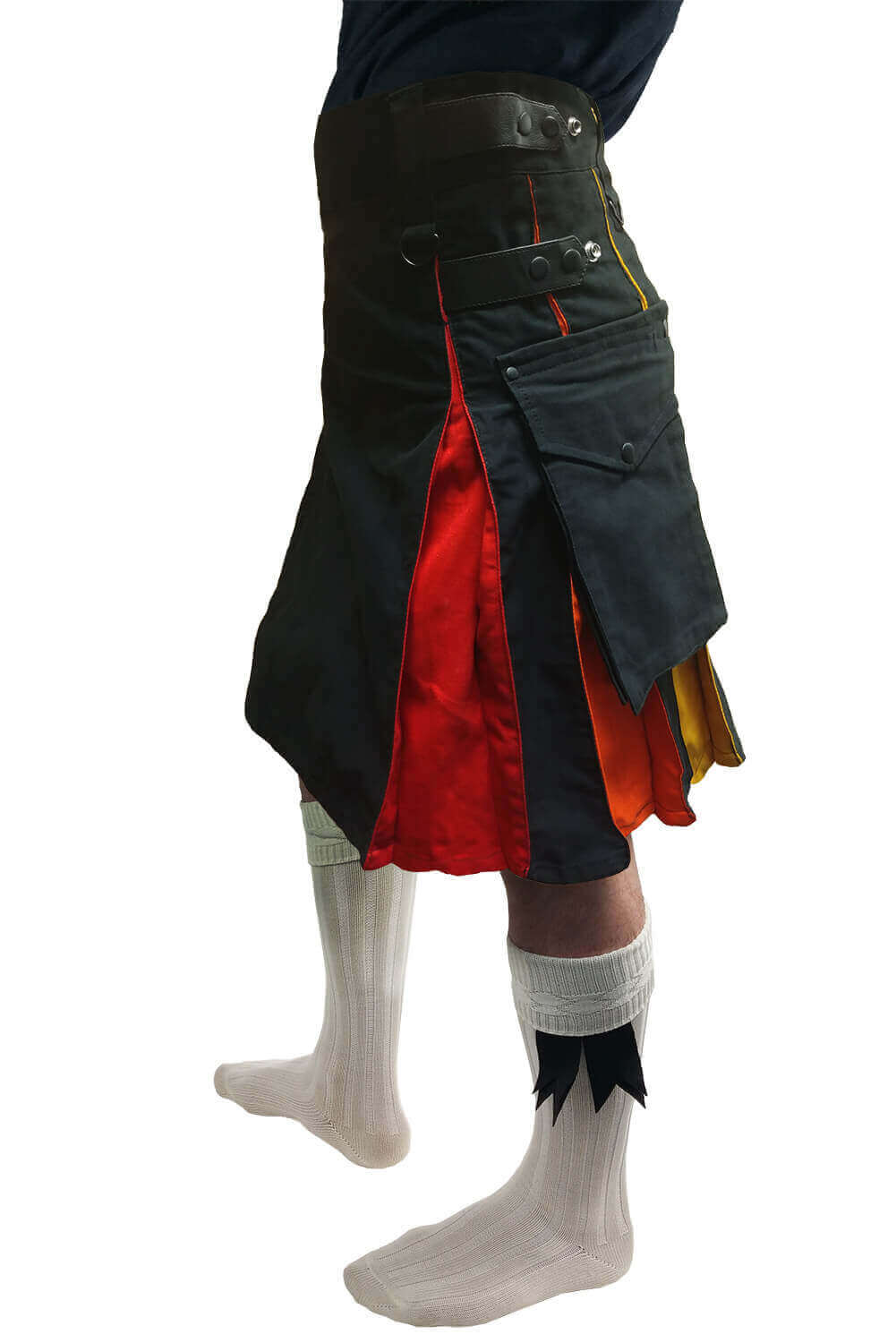Originally Published June 2012
Scottish & Irish Pirates
Although when thinking about pirates most people think of Johnny Depp, tricorn hats and Captain Hook, pirates probably appeared on the scene shortly after people started transporting valued goods via boat. I thought it might be fun to take a look at some of the colorful figures who came from Ireland and Scotland.
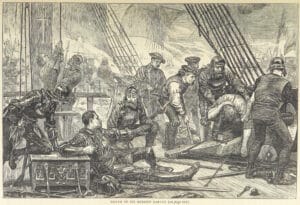
Sir Andrew Barton (c. 1466 – 1511)
Barton was the inspiration for his own ballad (Child #167). He was notorious in England and Portugal as a pirate. but legally his status was a privateer since was serving under a letter of marque from the Scottish crown that had originally been issued to his father. He even served as the High Admiral of Scotland. His ship was captured by the English in 1511 while looking for Portuguese ships as prizes. Sir Andrew was illegally beheaded by his English captors in spite of the fact he was in possession of a letter of marque.

Granny O’Malley as she is sometimes known, is one of the early female pirates and was the Queen of Umail (in the west of what is now County Mayo, Ireland), chieftain of the O Måille clan. Legend has it that as a girl she wanted to sail to Spain with her father, but was told she could not because her hair would get caught in the ropes. To spite her father she cut her hair short and gained the nickname “Gråinne Mhaol” (from maol meaning bald or cropped hair. Anglicized as Granuaile.) She is believed to have been formally educated and learned the business of shipping and international trade from her father. After the death of her father she made her base on Clare Island in Clew Bay. Eventually, Galway’s city leaders complained to England that her ships acting as pirates. Galway had begun imposing tolls on ships traveling through their waters, so O’Malley had begun to do the same for ships passing her lands by boarding traders and demanding cash or goods in return for safe passage. She eventually went on to support Irish rebels fighting English control and even met with Elizabeth I to negotiate the release of her sons and half-brother.
Dalzeel was born in Port Patrick, Scotland, and having gone to sea as a child, obtained a captaincy at the age of 23. However, he had earned a reputation for being dishonest and joined the pirate fleet of the famous Captain Avery in 1685 and is Dazeel is said to have participated in Avery’s capture of a rich Mogul treasure ship the Ganj-i-Sawai. He was given his own ship and crew in Avery’s fleet, but eventually they left on their own to ply the waters of the West Indies. Although the pickings were few, they eventually came upon a Spanish war galleon. In spite of being out-gunned Dazeel ordered his crew to close on the Spaniard and the story goes that he had his own ship holed so that his crew would be forced to fight to win or drown with their sinking ship. They caught the Spaniard off guard and took the galleon for their own. In spite of being captured twice by the Spanish he escaped was eventually gained a commission as a privateer from the French, and was captured by the British and for some reason was pardoned, but was later hung in London after being captured yet again.
Little is truly know about John Gow’s life, beyond an unreliable account written by Daniel Defoe, but he was immortalized by the 1724 book A General History of the Robberies and Murders of the most Notorious Pyrates. Born in Wick, Caithness to a merchant, he crewed on a ship traveling between London and Lisbon and made a failed attempt at a mutiny. He was forced to flee to Amsterdam and signed on as a second mate on a ship bound for Santa Cruz. Morale on the new ship was poor with complaints about the food and the treatment of the crew by the captain.
In November 1724 the captain ordered Gow to make preparations to fight off the crew, not realizing that Gow was at the lead of the potential mutineers. The captain was tricked to come to the rail,
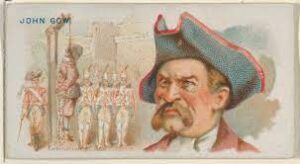
William “Captain” Kidd (c. 1645 – 1701)
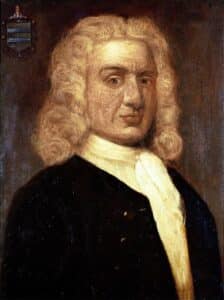
Kidd, is of course, one of the most famous names in piracy, of course it doesn’t hurt his legend that he is rumored to have left a treasure buried on some forgotten coast. But his trial and execution were of as much interest to some people as his career. One of Kidd’s investors Bellemont learned he was potentially subject to prosecution as well for his support of Kidd, and for his own protection arranged to betray Kidd to the authorities. After a year in prison in Massachusetts he was finally sent to London. The Tories who were in power at the time hoped that they could use Kidd’s testimony to expose the Whigs who were his backers when he became a privateer. He refused to name them, probably hoping his patrons would exert some influence to have him released in he remained silent. But his backers also betrayed him by withholding money and information that might have helped in his defense. On the other hand, the Tories might have let him live if he had named names. In the end, he was found guilty of one count murder and five counts of piracy. He was hung (twice actually, the rope broke on the first attempt) and his body was left to hang in an iron cage over the Thames River as a warning to other pirates. His ship the Quedagh Merchant (also know as the Cara Merchant and the Adventure Prize) was discovered off of Catalina Island, Dominican Republic just in 2007 in a mere ten feet of water and 70 feet from shore.
Walter Kennedy (c 1695 – 1721)
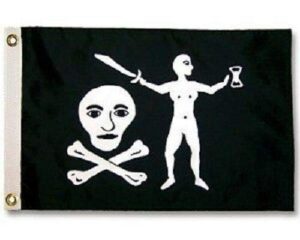
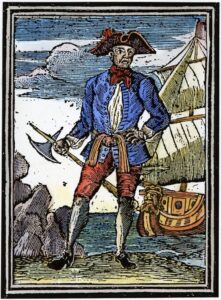
Edward England, born Edward Seegar (c.1685–1720)
Anne Bonny (1702 – 1782)
